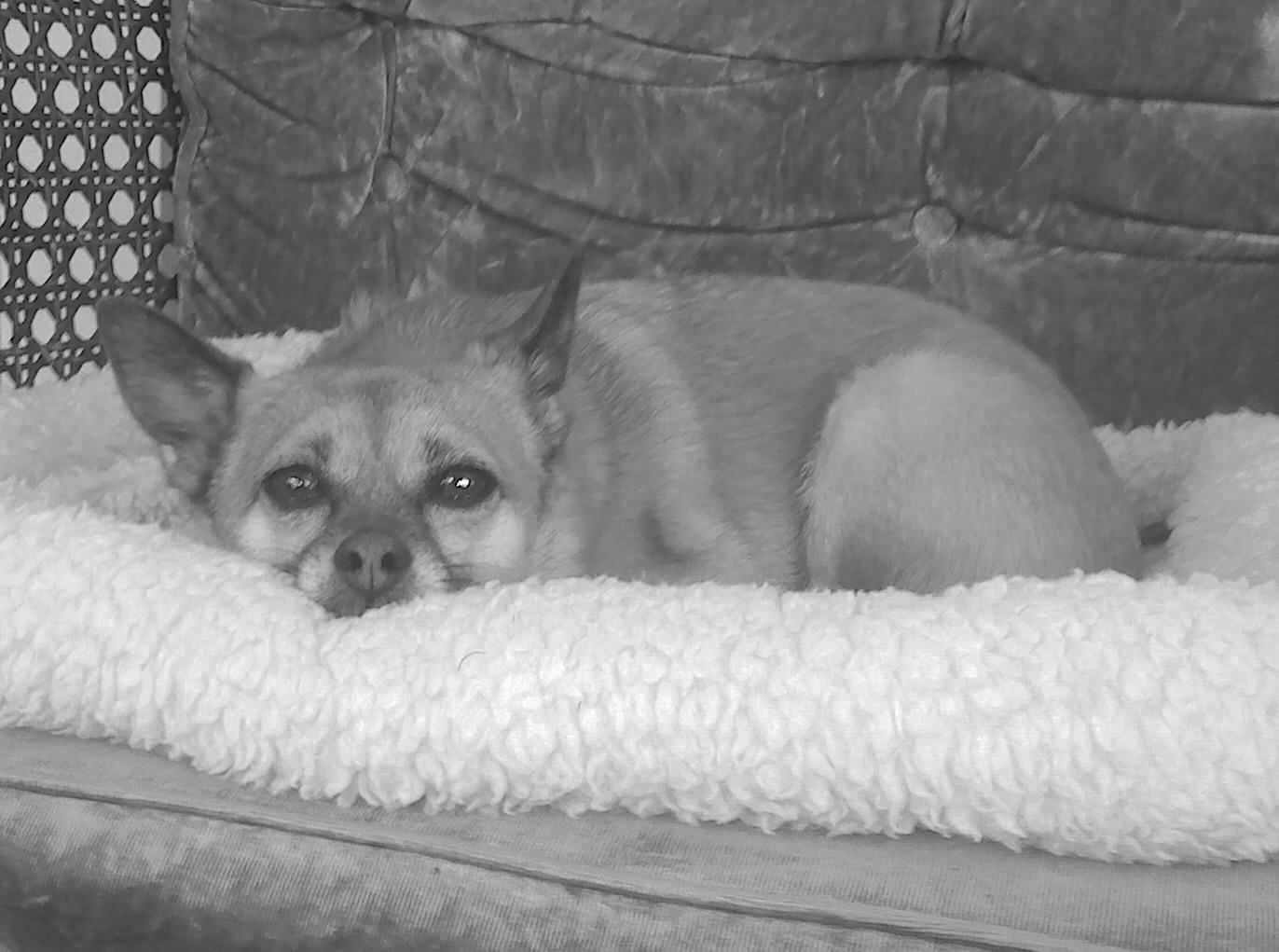
|
WHISTLING SHADE |
One day, far back in our mystical past, a few wolves began hanging out with the humans in their neighborhood. This happened so long ago—30,000 years or more—that we do not even know the name of the people involved, or where they lived exactly. Indeed, it is likely that the same alliance developed more than once in different parts of the world—perhaps in Europe and Siberia. In any event the outcome was the same. A deal was struck. The wolves received human scraps and the protection of the fireside. And the humans (who in that distant era led lives almost as rough-and-tumble as the wolves themselves)—the humans gained the talents of a hunter faster than they, with better hearing and a keener sense of smell, a sentinel who would guard their camp from dangers and warn them of enemies (especially other humans). And so arrived the dog.

Much later, around 8,000 B.C., wildcats began hanging about the villages and towns of the Middle East, catching mice and other rodents attracted by the grain stores of the new agricultural societies arising there. The farmers were doubtless elated to discover the felines in their midst. And so arrived the cat. Our alliance with them (or perhaps “association” is a better word) has never been as close as our bond to dogs, but cats too have left their mark on history, inspiring worship in ancient Egypt and supernatural fear in medieval Europe.
My wife and I happen to own both as pets. When we travel, our Chihuahua mix Mina, all of ten pounds, flies with us as a carry-on item; when the flight attendants aren’t looking, she is smuggled onto her mistress’s lap under a blanket. Meanwhile the cats, Percival and Mel, stay in their home territory, skulking under parked cars, sleeping in cat trees and meowing plaintively for treats from the pet sitter. We’ve come a long way, baby, and so have our pets—yet the essentials haven’t changed. Mina is still a good sentinel with her keen ears and sharp bark; and Percival and Mel regularly come bounding inside with some recently-killed (or still-living) rodent.
Of course, there are other pets to choose from now—guinea pigs, rabbits, birds and reptiles of various sorts—but dogs and cats remain the definitive pets, for perhaps opposite reasons. The dog, always a pack animal at heart, brings out the extrovert in us; the cat, aloof and independent, the introvert.
It should not be surprising that pets show up in our literature from an early date (see “The Dog from Malta”, page 15), most often in a comic or whimsical role—Jip, Toto, Mr. Mistoffelees and the Cheshire Cat are all memorable sidekicks from the literary canon. Chekhov went a step further, making a dog the wandering hero of his story “Kashtanka”, and Jack London’s naturalistic portrait of Buck, the hero of The Call of the Wild, showed that pets could hold the stage on their own. Of course, the darker side of the canine personality has also been exploited, in works such as The Hound of the Baskervilles and Cujo. Perhaps the most realistic (and moving) account of the lives of pets and their humans are contained in the reminiscences of Yorkshire veterinarian James Herriot.
As a token of our own affection, Whistling Shade is going to the dogs this issue. And also to the kitties, bunnies, rats, and that thing you found in the weeds behind the house. We hope you find it the cat’s pajamas!
- Joel Van Valin